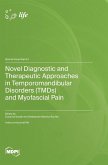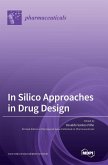Cardiovascular disease (CVD) currently represents one of the leading causes of death worldwide. Each year, more than 17.9 million people die due to CVD manifestations. To reverse these manifestations, the transplantation of secondary vessels or the use of synthetic vascular grafts represents the gold standard procedure. However, significant adverse reactions have been described in the literature regarding the use of these type of grafts. In this regard, modern therapeutic strategies focused on CVD therapeutics must be proposed and evaluated. As alternative therapies, advanced tissue engineering approaches, including decellularization procedures and the 3D additive bio-printing methods, are currently being investigated. In this Special Issue of Bioengineering, we aimed to highlight modern approaches regarding CVD. This Special Issue, entitled "Modern Approaches in Cardiovascular Disease Therapeutics: From Molecular Genetics to Tissue Engineering", includes 5 articles. These articles are related to the efficient production of small-diameter vascular grafts, vascular graft development with 3D printing approaches, and in vitro models for the improved assessment of atherosclerosis mechanisms. The Guest Editors of this Special Issue wish to express their gratitude to all contributors for their unique and outstanding articles. Additionally, special credit is given to all reviewers for their comprehensive analysis and overall effort in improving the quality of the published articles.








